
5 Great Hamstrings Exercises for Strong Legs, Powered By Ghost Strong Equipment

The hamstrings are incredibly important for success in sports and in the gym - this is a fact. If you have weak hamstrings, then there's a strong chance you're not maxing out your potential for power production, strength, and lower body control and stability.
Since the hamstrings muscles are biarticular- extensors of the hip and flexors at the knees - it's useful to train them a bit more intelligently and strategically. Multi-powerlifting world record holder Dr. Stefi Cohen recommends breaking hamstrings exercises into three different categories, then bucketing exercises accordingly.
By bucketing hamstrings training, we can structure exercises to target specific areas of the hamstrings for training adaptations like strength, power, and aesthetics. Topics we'll cover in this article:
- Hamstrings Muscles
- Stefi's Hamstrings Training Strategy
- Category One: Hips Fixed, Trained As Knee Flexors
- Category Two: Knees Fixed, Trained As Hip Extensors
- Category Three: Trained As Both Knee Flexors and Hip Extensors
If you'd rather learn from a video and want more visuals with the content, then check out the video below where Stefi Cohen covers all of the topics in detail!
Hamstrings Muscles
In order to understand Cohen's logic behind her hamstrings training, it's a good idea to first briefly brush up on the hamstrings muscles, their anatomy, and what they do.
The hamstrings muscle group is composed of three muscles including:
- Semimembranosus (inner)
- Semitendinosus (middle)
- Biceps Femoris (outer)
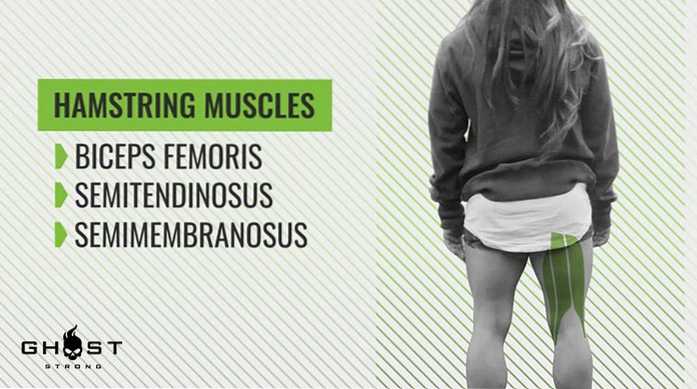
Since the hamstrings crossover two joints, they're called biarticular muscles and have primary roles in hip extension and knee flexion. These muscles will also play minor roles in other muscles actions, but for the sake of this article, we're going to focus on their primary actions.
Hamstrings Muscles Actions
- Hip Extension
- Knee Flexion
Hamstrings Insertion and Origin Points
- Hamstrings Origin Point: Ischial Tuberosity
- Hamstrings Insertion Points: Semimembranosus/Semitendinosus, Medial Tibial Condyle + Biceps Femoris, Head of the Fibula
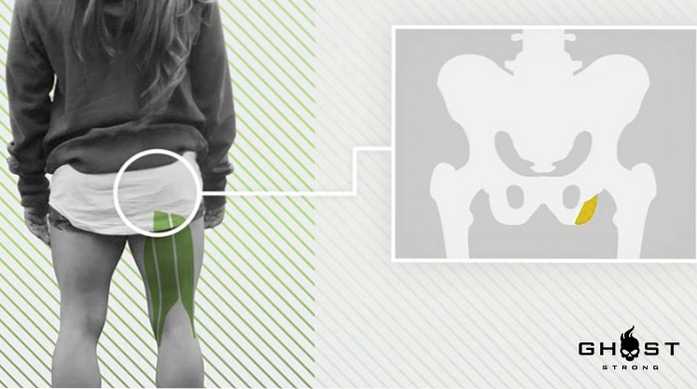
Stefi Cohen's Hamstrings Training Strategy
Below, you'll see that Dr. Cohen breaks her hamstrings training into three different buckets to target specific areas of the muscles and to focus on particular adaptations. This rationale allows for strategic training to build well-rounded hamstrings, and helps lifters focus on performance-specific adaptations based on the goals they're aiming to accomplish.
Thus, if we can understand what we're trying to focus on - hip extension, knee flexion, or both - then we can pick exercises that facilitate those goals best. The time of mindlessly performing hamstrings work is long gone.
Category One: Hips Fixed, Trained As Knee Flexors
The first category of hamstrings exercises focuses on training them primarily as knee flexors with fixed hips. By doing this, athletes can focus on training the hamstrings when they're at a fully lengthened position, which Dr. Cohen points out, is when they're at their most vulnerable position.
The two exercises Dr. Cohen likes to use for this training category include:
- Lying Hamstrings Curls
- Hamstrings Slides
1. Lying Hamstrings Curls
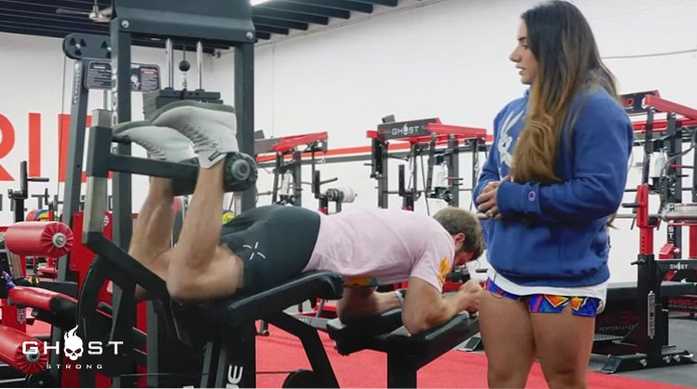
Performance Tips
- Put the hips into a posterior pelvic tilt and press down into the pad.
- Draw the bellybutton inwards to avoid movement compensations.
- Quickly contract, pause, then slowly lower on the eccentric, and then pause at the bottom.
2. Hamstrings Slides
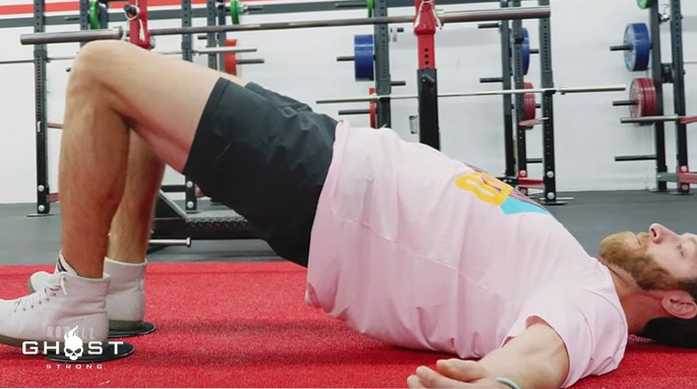
Performance Tips
- Keep the hips extended throughout the full movement.
- Slowly perform this exercise and always control the eccentric movement pattern.
- Use slides or a slide board to achieve the proper exercise movement patterning.
Category Two: Knees Fixed, Trained As Hip Extensors
The second hamstrings category entails training the hamstrings as primarily hip extensors with the knees fixed. This is important for sport performance and daily life, as strong hip extension will highly relate to lower body power production, strength, and injury resiliency.
The two exercises Dr. Cohen likes to use for this training category include:
- Toes Elevated Dumbbell RDL
- Dumbbell Good Morning
3. Toes Elevated Dumbbell RDL

Performance Tips
- Find a 25 lb plate or low platform to elevate the toes on and bring the feet close together.
- Reach out with the dumbbells so they're tracking over the toes, as opposed to keeping them close to the body.
- Control the movement and the eccentric tempo to properly feel the stretch and potential limitations.
4. Dumbbell Good Morning
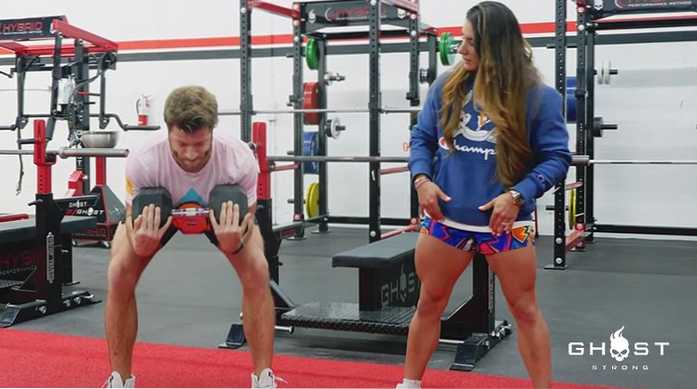
Performance Tips
- Take a stance that is wider than your hips.
- Use a dumbbell, sandbag, or whatever heavy implement that you have available at your gym.
- Focus on maintaining a neutral torso position and making the hips the prime movers of the movement.
Category Three: Trained As Both Knee Flexors and Hip Extensors
The final hamstrings training category is targeting them as both knee flexors and hip extensors. This is the most advanced category and will focus on building hamstrings through both of their muscle actions.
The exercise Dr. Cohen likes to use for this training category includes:
- Razor Curl
Author's Note: This exercise is highly advanced and is a spin on the traditional Nordic hamstring curl. The twist in this exercise lies in the hips, as the razor curl will require you to maintain a slightly flexed position compared to extended.

Performance Tips
- Have a friend hold your feet, or use a barbell/piece of equipment to anchor your lower body.
- Control the eccentric and lightly touch the ground, while maintaining your positioning throughout the movement.
- Use your hands to assist if you're just starting out with this exercise to ease into its intensity.
Wrapping Up
If we can structure hamstrings training to be more strategic in nature, then we can train them more dynamically. By bucketing hamstrings exercises into the above three categories like Dr. Cohen has, we can build a well-rounded physique and lower body that's built for performance.
Hamstrings Training FAQs
What are the three muscles that compose the hamstrings?
The three muscles that make up the hamstrings include:
- Semimembranosus (inner)
- Semitendinosus (middle)
- Biceps Femoris (outer)
What do the hamstrings do?
The hamstrings are biarticular muscles, which means they cross two joints and perform two primary muscle actions.
- Hip Extension
- Knee Flexion
These two muscle actions play a role in lower body strength, power production, stability, and much more.
What are the benefits of strong hamstrings?
Besides injury prevention and resiliency, strong hamstrings can play a vital role in sport performance, lifting, and day-to-day life.
For example, they play important roles in sprinting/walking, strength and power production at the hips and knees, and overall lower body stability.
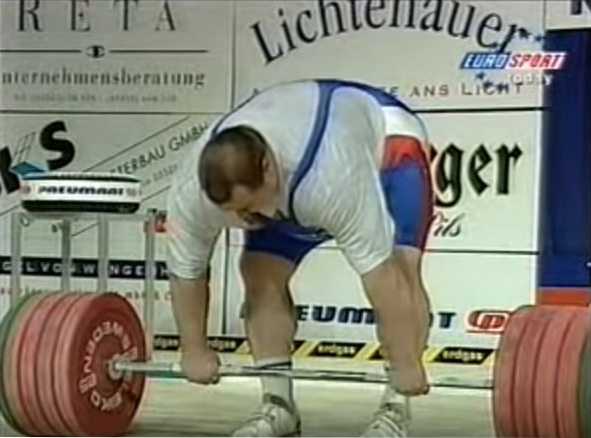

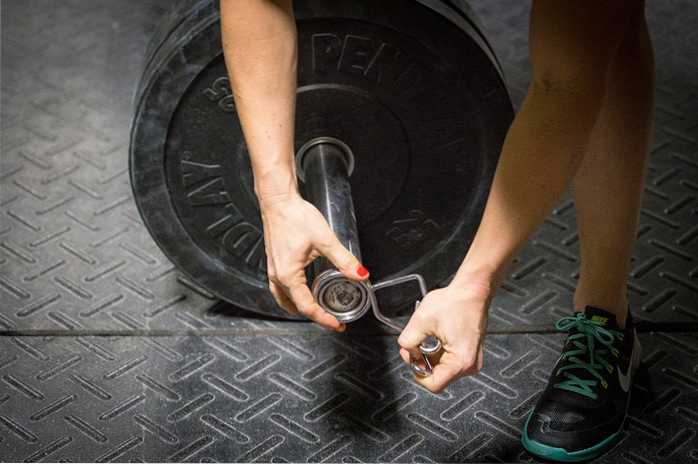
Nimeni nu a comentat acest articol încă.